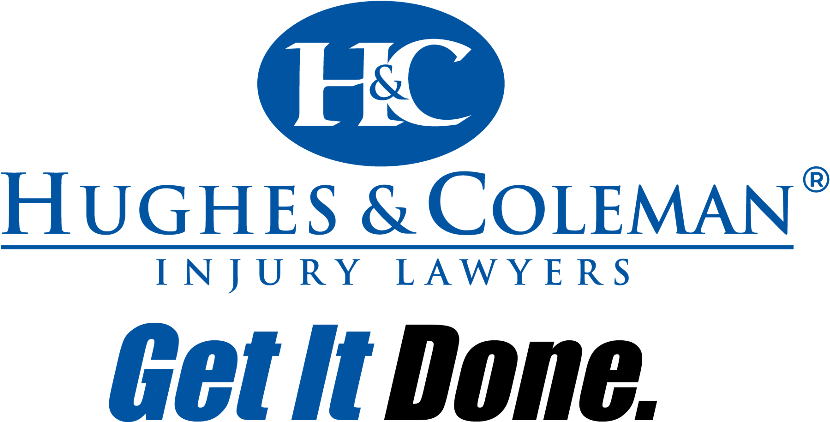-

A federal agency failed to disclose information about almost 400 potentially unsafe elder care facilities. Read our article to learn how you can protect your senior loved ones from negligence and abuse in nursing homes.
For any family, the decision to move an elderly loved one to a nursing home can be heart-wrenching. Even though such an outcome usually arises from dire necessity, it can be nonetheless accompanied by feelings of apprehension, anxiety or sadness. After all, the move to an elder-care facility often means that the family will now have less frequent contact with their loved one. The family’s biggest worry, however, may be related to whether the nursing home’s staff will be able to provide the appropriate standard of care and whether they will treat their loved one with the kindness and dignity they deserve.
Unfortunately, such worries aren’t unsubstantiated. According to a Senate report released earlier this summer, information has been systematically hidden from the public about hundreds of sub-standard nursing homes which have persistent quality issues that threaten their residents’ well-being.
Among the issues experienced by these facilities, the report mentioned critical sanitary problems such as a septic system backing up into the kitchen and a failure to use clean and disinfected blood sugar measuring devices on their patients.
Systemic failures like those mentioned above, are examples of nursing home negligence. Family members of the residents of such homes may decide to file personal injury lawsuits on behalf of the affected residents. If your family member currently receives care in an elder care facility, read this article to learn more about the unfolding nursing home abuse scandal and see if your loved one may be affected by it.
CMS Under Scrutiny for Transparency Misgivings
Many of the 15,700 nursing homes in the U.S. deal with systemic problems that sometimes put the health and safety of their residents in considerable jeopardy. In order to protect consumers, the Centers for Medicare & Medicaid Services (CMS), a governmental agency, offers an elder care facility online comparison system. On the Nursing Home Compare website, prospective residents’ families can find important information about the quality of service offered by any given home as well as warnings about potential issues.
In addition, CMS publicly discloses the names of a small group of facilities who are given special federal attention due to documented, substantial quality problems. Currently, about 80 homes receive this kind of scrutiny. On the Nursing Home Compare website, these homes, instead of being rated in accordance with the 1 to 5-star rating system, are marked with a caution sign in the form of a yellow triangle
However, it has been now revealed that there are nearly 400 more facilities across the U.S. that are facing similar systemic problems that can potentially threaten the health and well-being of their residents. Unfortunately, consumers are deprived of access to information about these troubled nursing homes due to the fact that they are not officially part of the Special Focus Facility program run by the CMS. As explained by CMS Administrator Seema Verma, the almost 400 hundred homes are classified as merely “candidates” for the program and they don’t receive any special scrutiny from the agency due to budget constraints. Nevertheless, according to the Senate report, these facilities are indistinguishable from special focus nursing homes in terms of their qualifications yet the public has no means of knowing about the problems these nearly 400 facilities suffer from.
How to Recognize Unsafe Facilities
After the report was released, the CMS began evaluating whether to release the list of the “candidate” nursing homes to the public. However, before the federal agencies can ensure more transparency with regard to the issue of nursing home service quality, the brunt of the work still falls on the family members of prospective residents. If it’s necessary for your family to move an elderly family member to a nursing home, what steps can you take to make sure your loved one will be given the care and attention they deserve? Here are 4 useful tips that can help you choose the best nursing home:
- Try out the food served in the cafeteria. The quality of the food is one of the best yardsticks of the overall cleanliness and quality offered by the facility.
- Watch for the signs that the staff might be overworked. Overworked employees usually mean that the facility is facing staff shortages that can point to other problems. In addition, overworked staff is more likely to make mistakes and less likely to give the residents the care and attention they need.
- Be mindful of the smells. While certain smells may be typical to all nursing home facilities, an offensive smell of stale urine is a serious warning sign.
- Check the condition of the residential areas and the bathrooms. Lack of cleanliness and hygiene means there’s a high risk of negligence taking place in that particular facility.
If you have a loved one in a nursing home facility and you expect that they may be experiencing negligent treatment or abuse, do not hesitate to reach out to the appropriate authorities such as Eldercare Locator to obtain the legal help necessary. You may also want to consult a nursing home abuse lawyer experienced in handling nursing home abuse cases to see what legal options you may have to protect your loved one.
Get In Touch Today!
We offer free consultations 24/7 and there will always be someone here to take your call. Call our personal injury lawyers today for a free consultation or fill out this form and we will contact you.
We serve clients across Tennessee and Kentucky and we have several offices throughout both states. See all of our locations and contact us today.


